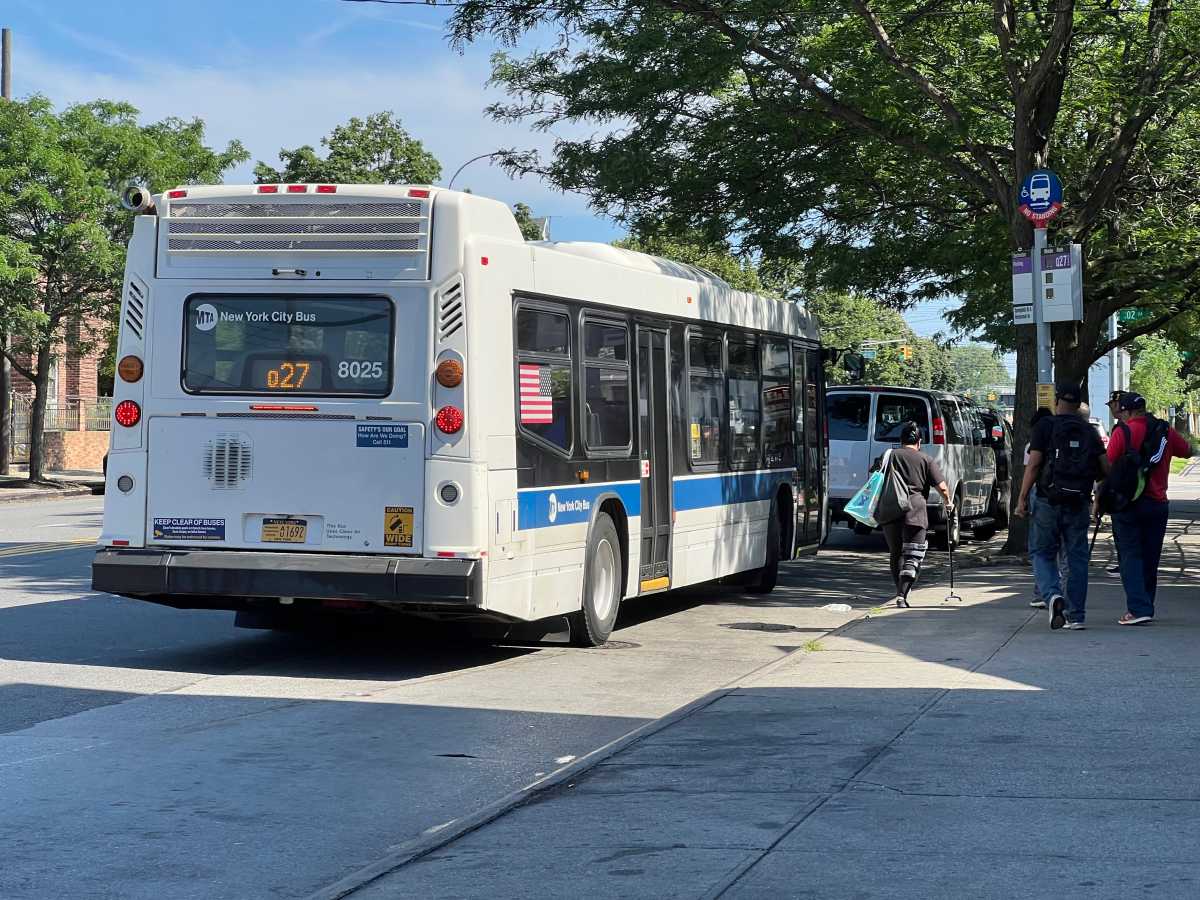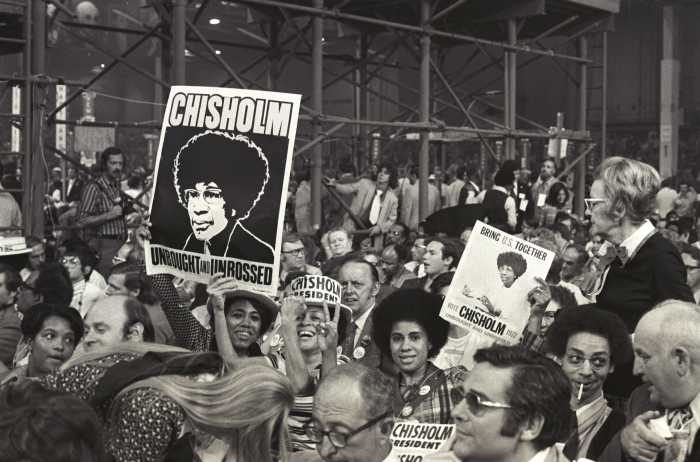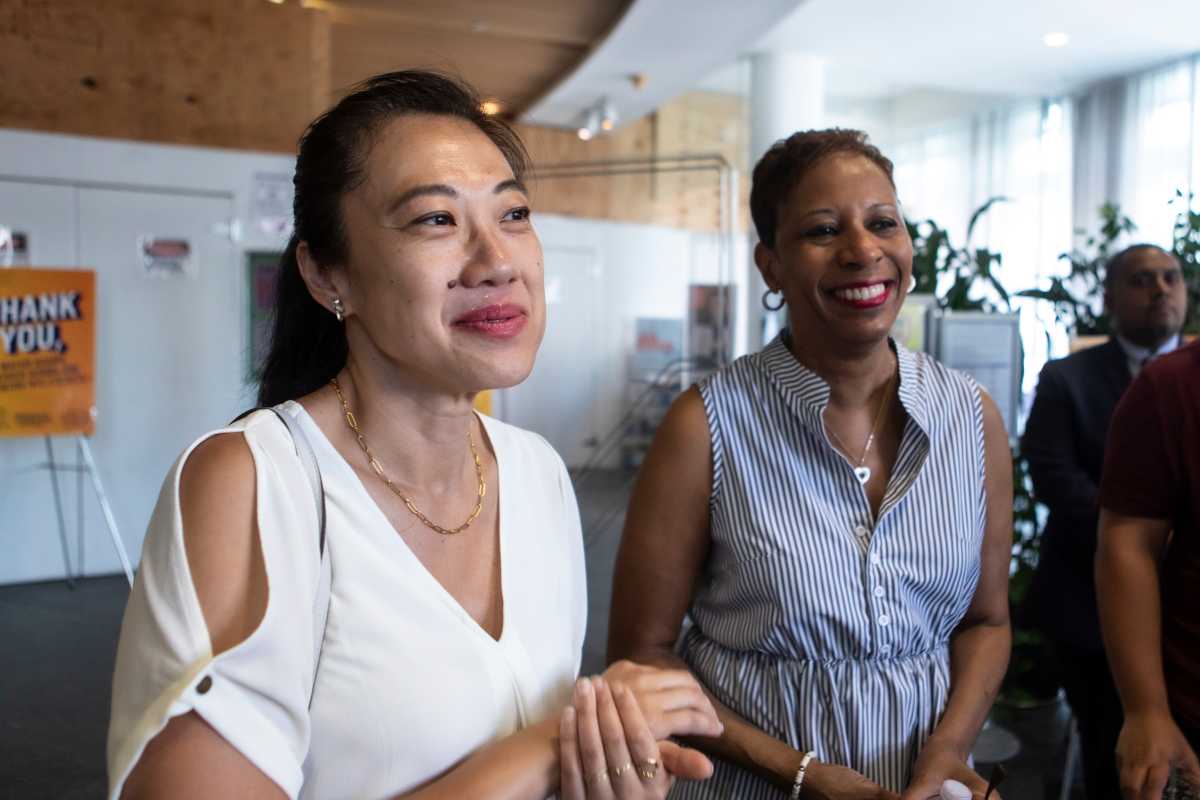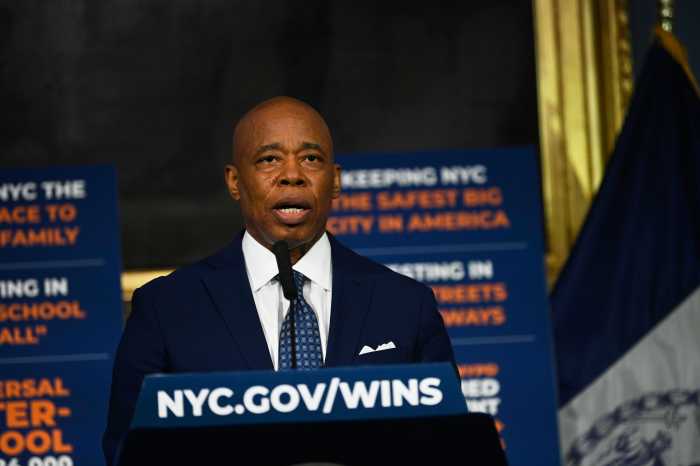In our editorial two weeks ago, we took Borough President Scott Stringer to task for suspending his groundbreaking Community Task Force on N.Y.U. Development. We strongly said that the task force is needed, and should remain active to deal with all the pressing development issues concerning New York University and its 2031 expansion plan.
Subsequently, Stringer reached out to us to say that our editorial missed some important nuances. He met with The Villager’s editorial board to explain more fully and clearly why, in his view, the task force must be suspended now — namely, because two critical public reviews of the project are set to begin: one by the Landmarks Preservation Commission, and the other a ULURP (uniform land use review procedure) for N.Y.U.’s two South Village superblocks and the area of east of Washington Square.
Stringer said keeping the task force running would create a situation rife with potential conflicts of interest. The borough president, in our book, has an excellent reputation regarding addressing conflicts of interest — most notably on our local community boards. Community Board 2 was basically the poster child for conflict of interest when Stringer won office in 2005, and he has turned it around 180 degrees.
In the fall, N.Y.U. will apply to the Landmarks Preservation Commission to build a 38-story tower — part faculty residence and part hotel — in the landmarked University Towers complex at Bleecker St. and LaGuardia Place. Assuming it gets approval for the tower from Landmarks, by spring 2011, N.Y.U. expects to be deep into the ULURP process, which takes around seven months to complete, for the entire multi-block project. The full scope of proposed work includes a new building on the Coles gym site, plus two new infill buildings in Washington Square Village, as well as a rezoning east of Washington Square Park to allow ground-level retail.
As part of ULURP, C.B. 2 will hold public reviews of the plans and will weigh in with an advisory recommendation. Stringer, too, will have an advisory recommendation on the proposal.
Stringer’s point is that it’s now time to shift the review of the N.Y.U. plans to the larger public — and the mechanism in place to do that is through the community boards as part of ULURP. It would represent a conflict for Stringer or C.B. 2 members to be taking positions on N.Y.U. development issues under the aegis of the task force, and then turn around and weigh in on them at the community board level or elsewhere. Task force members would have “privileged information” as a result of attending the task force meetings, and that would present a problem. Stringer argued convincingly that there should not be two simultaneous reviews of the N.Y.U. plans running during this public review period.
We accept Stringer’s arguments to suspend the task force during the upcoming public reviews. The task force has set the table for the ULURP to begin, by pushing N.Y.U. to develop a long-term plan prior to ULURP, and by getting the university to sign on to a series of “planning principles.” Now, it’s time to turn the process over to ULURP and the community boards.
But we think that the work of the task force, thus far, has been essential, and we encourage C.B. 2 to adopt the task force recommendations as a prelude to what will be a lengthy ULURP process. We also support Stringer’s stated willingness to possibly reconvene the task force after the Landmarks review is resolved and, specifically, after the whole ULURP is done. And, if any part of the review process is going awry or concerns start flaring, Stringer said he could also choose to convene an emergency meeting of the task force.





































